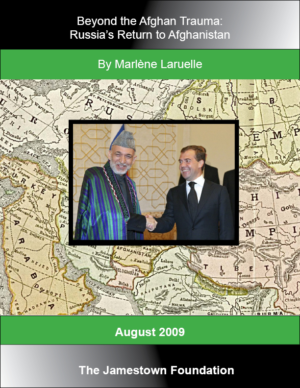How to Defend the Baltic States
Since at least 2014, the United States’ National Security Strategy and almost every major US think tank has called attention to the parlous state of the North Atlantic Treaty Organization’s (NATO) eastern flank. There, some of NATO’s newest and smallest member states are threatened by an aggressive and revanchist Russian Federation. In particular, the three Baltic States—Estonia, Latvia and Lithuania—face powerful Russian forces with tiny armies and modest defense budgets. Despite presidential guidance contained in the US National Security Strategy, these frontline countries remain all but undefended. For Russian President Vladimir Putin, the prize is tempting: an opportunity, at low risk, to seize NATO territory and fracture the Alliance. As an urgent priority, Washington, as leader of NATO, should take on defense of the Baltics as a critical priority. Indeed, without effective defense, there can be no effective deterrence.
In How to Defend the Baltic States, Jamestown Distinguished Senior Fellow Richard D. Hooker, Jr., long-time defense scholar and Theodore Roosevelt Chair in National Security Affairs at the National Defense University, lays out the military units and force posture, along with changes to Alliance command and control, that would be needed to prevail in case Russia were to spark hostilities in the Baltic States. His report is a must-read for all US and NATO defense policymakers, military planners as well as on-the-ground commanders who are daily tasked with the responsibility of ensuring credible defense and deterrence on the Alliance’s northeastern flank.




